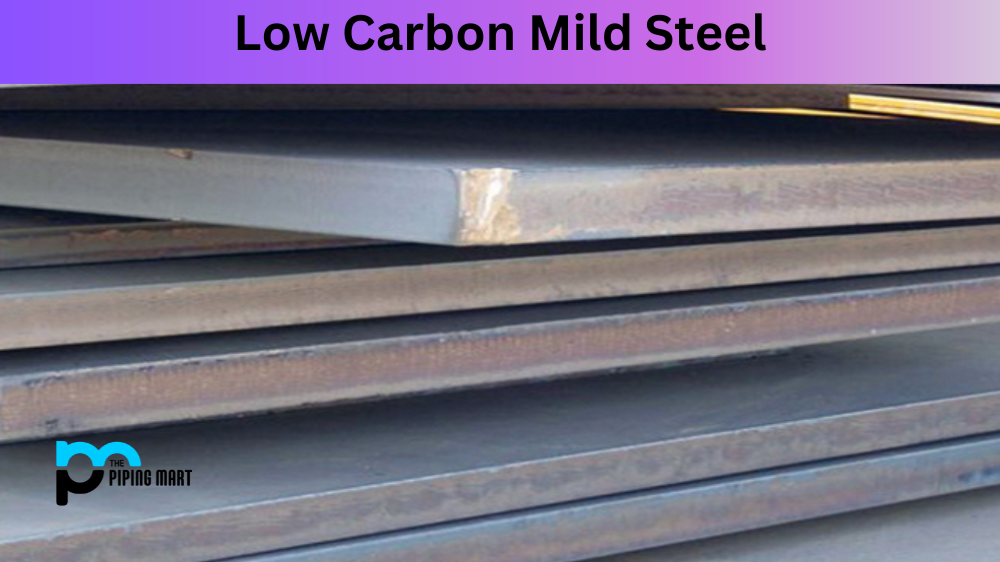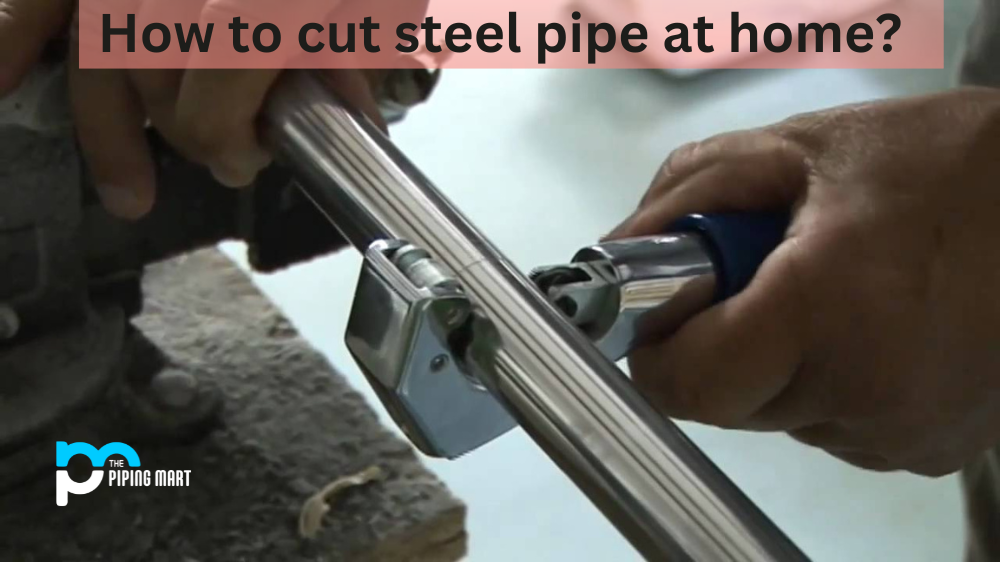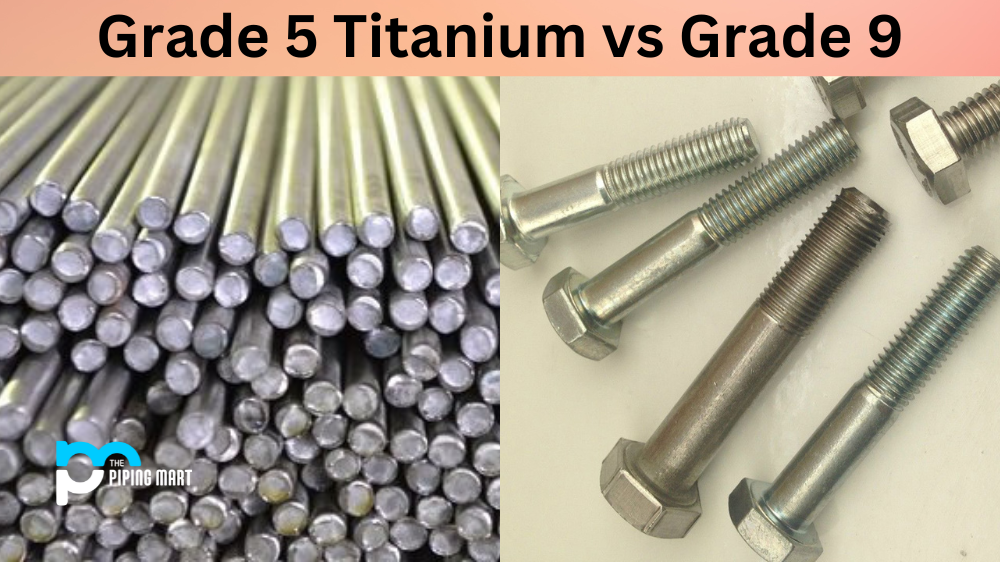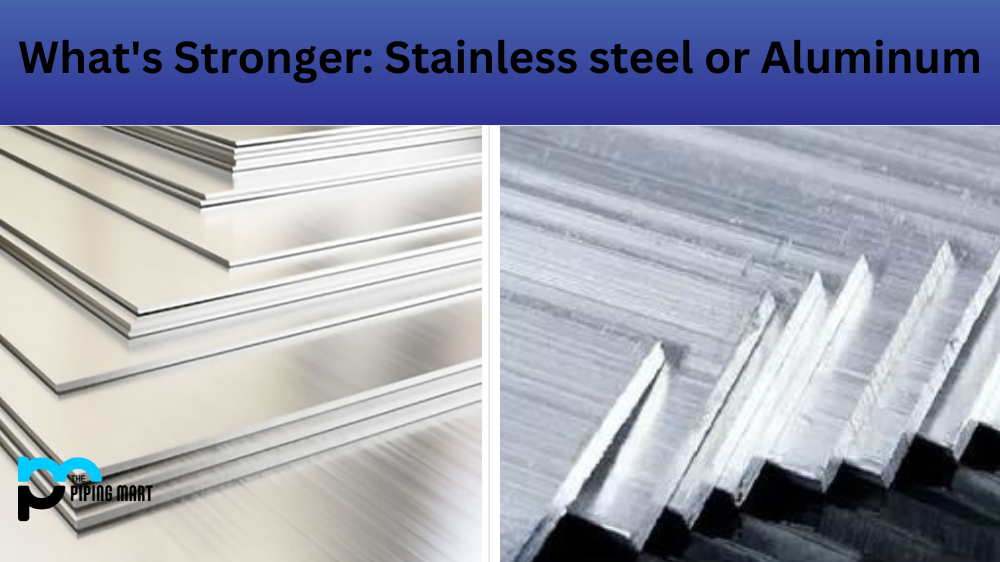Low-carbon mild steel is a type of steel with low carbon content, with most of its properties coming from the presence of iron. It is also known as low-carbon or mild steel and has many applications in the automotive engineering, construction, and manufacturing industries. It’s essential to understand the various properties of low-carbon mild steel to understand how it can be used differently.
Physical Properties of Low Carbon Mild Steel
Low-carbon mild steel has excellent formability and weldability, making it ideal for various applications, including automotive engineering, construction projects, and manufacturing. Its physical properties include high tensile strength and a relatively low melting point compared to other steels. It also has good ductility, which allows it to be bent or stretched without breaking or cracking. This makes it useful for applications that require a lot of bending or stretching, such as car bodies and furniture frames.
Ductility
Ductility measures a material’s ability to deform under tensile stress. It is an essential property for many engineering applications as it allows materials to be formed into desired shapes. Low-carbon mild steel has excellent ductility, making it ideal for automotive body panels and pipe applications.
Malleability
Malleability measures a material’s ability to deform under compressive stress. Like ductility, it is an essential property for many engineering applications. Low-carbon mild steel has excellent malleability, making it ideal for applications such as stamping and forging.
Strength
Strength measures a material’s ability to resist deformation under load. Low-carbon mild steel has good strength, making it suitable for applications such as construction and manufacturing.
Toughness
Toughness measures a material’s ability to absorb energy before breaking. It is an essential property for many engineering applications as it allows materials to withstand impact without shattering. Low-carbon mild steel has excellent toughness, making it ideal for automotive body panels and pipe applications.
Weldability
Weldability measures a material’s ability to be welded without cracking or other defects. Low-carbon mild steel has good weldability, making it suitable for applications such as construction and manufacturing.
Mechanical Properties Of Low Carbon Mild Steel
Low-carbon mild steel also has excellent mechanical properties, making it suitable for construction projects. Its high tensile strength makes it resistant to deformation when subjected to forces such as tension or compression. It is also highly resistant to impacts due to its ability to absorb energy on impact rather than break or crack, as other materials may. This makes it perfect for structural components such as bridges and buildings subject to common effects.
Ductility
Ductility measures a material’s ability to deform under tensile stress. It is usually expressed as a percentage elongation or percentage area reduction. Low-carbon mild steel has good ductility and can quickly form various shapes.
Strength
Strength measures a material’s ability to withstand loads without failure. Low-carbon mild steel has good power and can be used for various applications.
Toughness
Toughness measures a material’s ability to absorb energy and resist fracture. Low-carbon mild steel has good toughness and can be used in applications where impact resistance is essential.
Hardness
Hardness is a measure of a material’s resistance to indentation and wear. Low-carbon mild steel has good hardness and can be used in applications where abrasion resistance is essential.
Weldability
Weldability measures a material’s ability to be welded without cracking or other defects. Low-carbon mild steel has good weldability and can be easily welded using various methods.
Chemical Properties Of Low Carbon Mild Steel
Low-carbon mild steel is highly resistant to corrosion due to its chemical composition, which includes chromium, nickel, molybdenum, and copper. These elements protect the surface from rusting by forming an oxide layer that prevents oxygen from reaching the metal’s surface and keeps it looking new for extended periods. This makes low-carbon mild steel an ideal choice for products that need to be exposed to harsh environments, such as marine vessels or outdoor structures like bridges.
- Low-carbon mild steel is an alloy of iron and carbon with a low carbon content.
- The low carbon content makes it more ductile and less brittle than other types of steel.
- It also has a lower melting point, making it easier to weld and work with.
- Low-carbon mild steel is often used in construction for things like beams, columns, and other structural elements.
- It is also used for car bodies and engine parts in the automotive industry.
Conclusion:
In summary, low-carbon mild steel is an excellent material choice for many applications due to its excellent formability, weldability, physical properties, and mechanical and chemical properties. Its high tensile strength makes it resistant to deformation. At the same time, its chemical composition ensures good resistance against corrosion, so you can rest assured knowing your project will last many years with minimal maintenance required along the way. Whether building a bridge or constructing something more mundane like furniture frames – consider using low-carbon mild steel! With all these benefits combined – there is no better option available today!

Abhishek is a seasoned blogger and industry expert, sharing his insights and knowledge on various topics. With his research, Abhishek offers valuable insights and tips for professionals and enthusiasts. Follow him for expert advice on the latest trends and developments in the metal industry.




